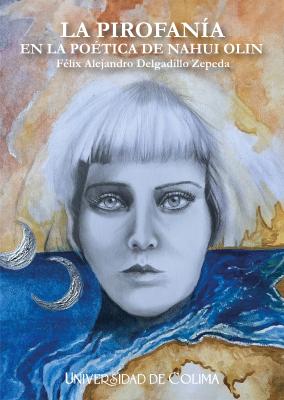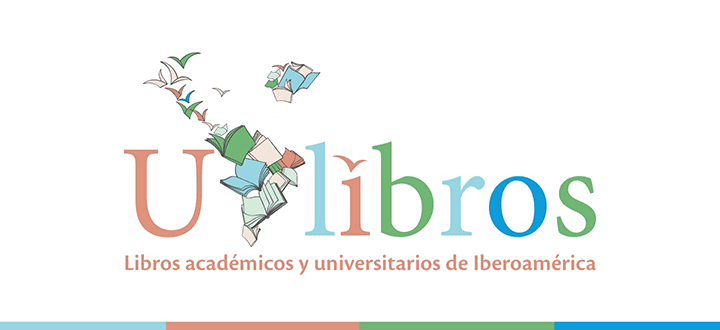The Pyrophany in the Poetics of Nahui Olin
Keywords:
Pyrophany, Naui Olin, erotic, poetrySynopsis
The divinization of the human body embodies a heresy for most cultures, since it is considered to be the opposite of what is holy or sacred. Specifically, in the union of what is sacred and that which is profane is where we may find the illumination of female poetics which originated in the nearly 20th century. Thus, in this work, an approach is carried out between these two extremes, coining the phrase pyrophany to analyze the poetics of Nahui Olin. Fire is evoked as the union of what is sacred and that which is erotic in the pyrophany of our author, with the theoretical and philosophical bases of María Zambrano, Gaston Bachelard and Georges Bataille. In openness under the understanding that what is erotic and that which is sacred embody the ambivalent union of opposites; limits are touched upon (the profane and the divine) and by way of poetry, the soft music of this ineffable encounter may be named.
Downloads
References
♦Bibliografía directa
Rosas Lopátegui, P. (2011). Nahui Olin sin principio ni fin. Vida, obra y varia invención. Universidad de Nuevo León.
♦Bibliografía teórica
Bachelard, G. (2006). El aire y los sueños. Fondo de Cultura Económica.
Bachelard, G. (1996). Psicoanálisis del fuego. Alianza.
Bachelard, G. (1998). Poética de la ensoñación. Fondo de Cultura Económica.
Bataille, G. (2013). El erotismo. Tusquets editores.
Baudrillard, J. (2001). De la seducción.
Cátedra. Caillos, R. (1984). El hombre y lo sagrado. Fondo de Cultura Económica.
Heidegger, M. (1985). Arte y poesía. Fondo de Cultura Económica.
Otto, R. (2005). Lo santo. Alianza editorial. https://doi.org/10.1007/978-3-322-82497-4_55
Paz, O. (1972). El arco y la lira. Fondo de Cultura Económica.
Paz, O. (2014). La llama doble. Seix Barral.
Paz, O. (2014). Palabras en espiral. SEP.
Ruiz, R. (1996). El conocimiento silencioso. Emecé.
San Juan de la Cruz (1974). Vida y obras de san Juan de la Cruz. Universidad Pontificia de Salamanca.
Xirau, R. (1968). La palabra y el silencio. Siglo XXI editores.
Zambrano, M. (1977). Claros del Bosque. Seix Barral.
Zambrano, M. (2016). El hombre y lo divino. Fondo de Cultura Económica.
Zambrano, M. (1996). Filosofía y poesía. Fondo de Cultura Económica.
♦Bibliografía de apoyo
Álvarez García, M. (2013). Óptica Cerebral de Nahui Olin: vanguardia solitaria. UNAM.
Amor, G. (2000). Amor divino. Planeta.
Aridjis, H. (1993). Encuentro con Nahui Olin. Memoranda.
Böhme, J. (1983). Diálogos místicos. Universidad Complutense de Madrid.
Caillois, R. (1984). El hombre y lo sagrado. Fondo de Cultura Económica.
Gordon, S. (2004). Poéticas mexicanas del siglo XX. Universidad Iberoamericana.
Loureiro de Araújo, J. E. (2018). Representar a Cristo (V 9,4): significado y valor de la imaginación en el proceso espiritual según santa Teresa de Ávila. Universidad Pontificia Comillas.
Malvido, A. (1999) Nahui Olin la mujer del sol. Diana.
Muñiz-Huberman, A. (2002). Las raíces y las ramas. Fuentes y derivaciones de la Cábala hispanohebrea. Fondo de Cultura Económica.
Moromisato, L., Pérez, M., Strong-Carrillo, M. (2004). Una charla con Michael Schuessler. University of California. https://doi.org/10.5070/M3331014609
Ries, J. (2013). El símbolo sagrado. Kairós.
Ruíz Godoy Rivera, J. A. (2004). Lo sagrado en la poesía de Concha Urquiza. Universidad Iberoamericana.
Teresa de Jesús. (1945). Obras completas. M. Aguilar Editores.
Schuessler, M. K. (1995) Guadalupe Amor: la undécima musa. Diana.
Urquiza, C. (1990) El corazón preso. CONACULTA.
Urrutia, E. (2006). Nueve escritoras mexicanas nacidas a principio del siglo XX. Colegio de México.
Valdés, H. (1976). Poetisas mexicanas. UNAM.
Vergara, G. (2007). Identidad y memoria en las poetas mexicanas del siglo XX. Universidad Iberoamericana.
Villegas, P. (2004). De alma enamorada. Universidad Iberoamericana.
Zurián, T. (2000) Ópera varia. Instituto Nacional de Bellas Artes.
Zurián, T. (1992) Nahui Olin una mujer de los tiempos modernos. Instituto Nacional de Bellas Artes.

Published
Series
Categories
License

This work is licensed under a Creative Commons Attribution-NonCommercial-ShareAlike 4.0 International License.







